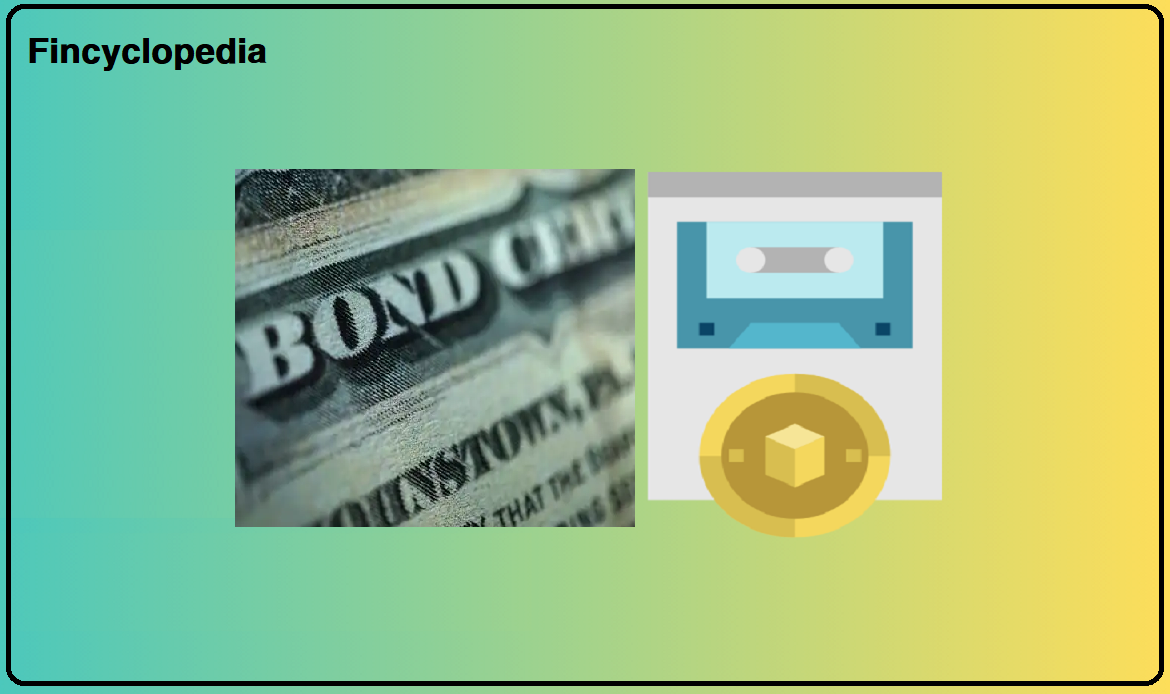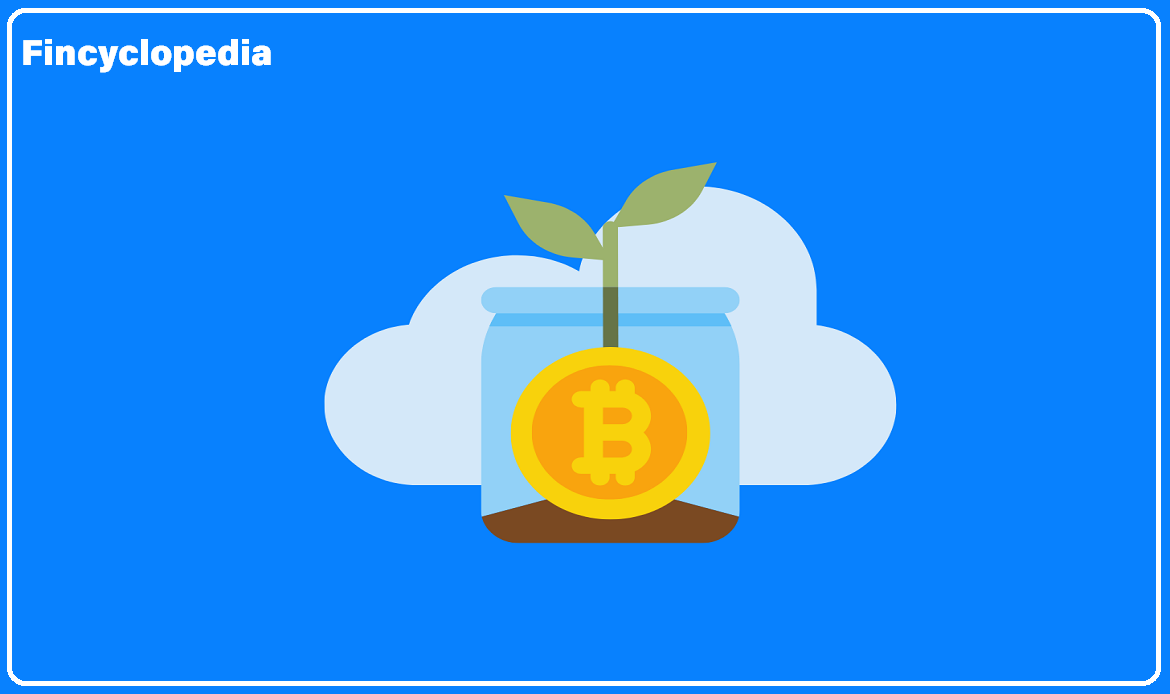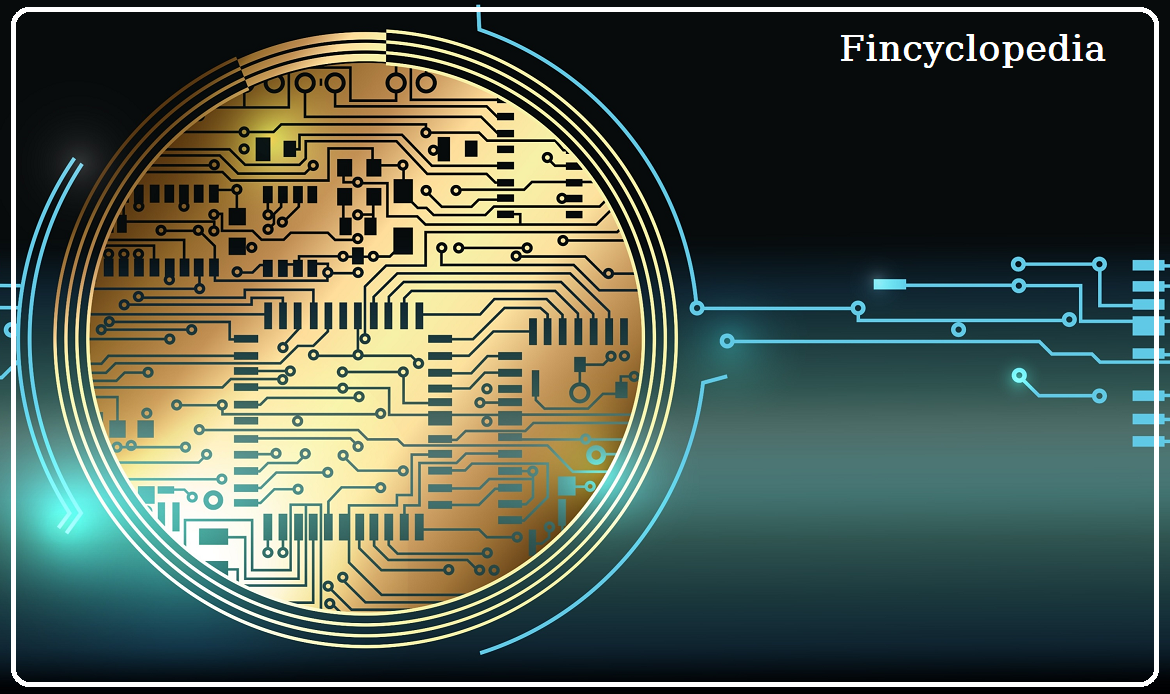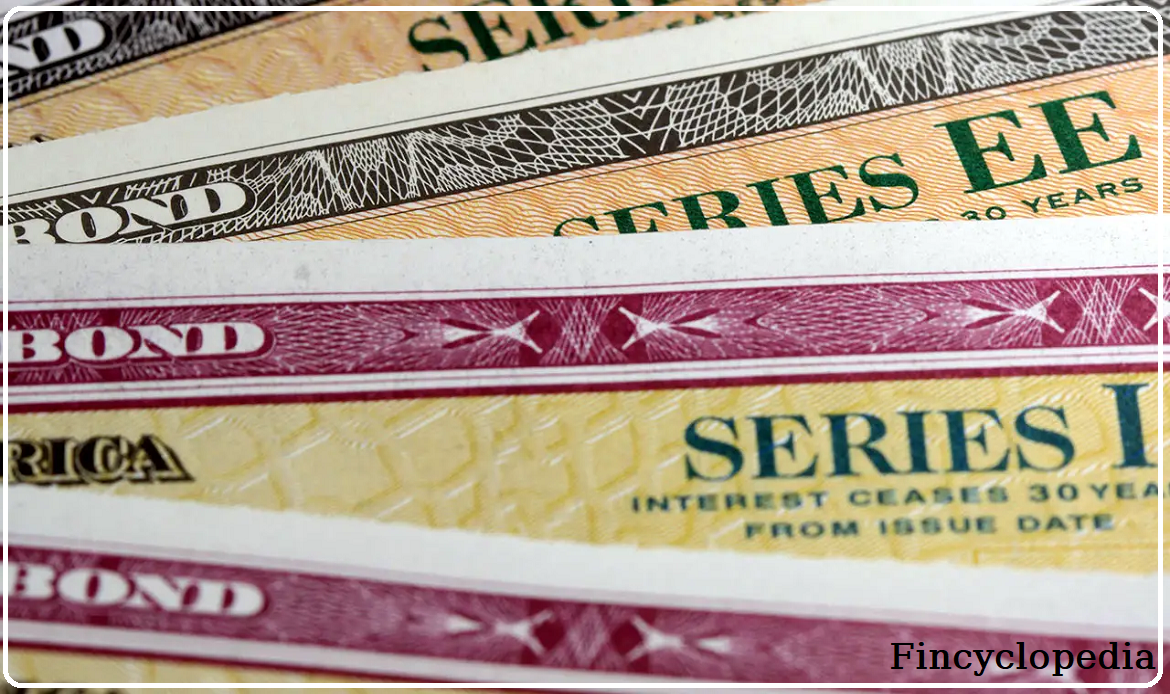
Concept
A tokenized debt security is a type of digital twin token (DTT) that represents an underlying debt security or financial instruments issued on a different platform (such as a traditional CSD or registrar), where such representation itself meetings the applicable definition of a security/ financial instrument under relevant laws. It is a digital version of debts (such as loans or bonds) represented as tokens on a blockchain. Underlying debt may also include structured products that have an element of debt (for more, see: tokenized structured products).
Broad category
Tokenized debt securities belong to a broader category known as tokenized securities. By nature, a tokenized security is a financial digital asset that is a virtual representation of a financial asset (a security). In the context of cryptocurrency and the broad category of digital assets, digital twins include tokens that represent financial assets such as stocks, bonds, and similar securities, but are traded via a tamper-proof and decentralized blockchain network, providing for higher levels of efficiency, transparency and cost savings compared to traditional issues. A tokenized security (also known as a security token) is a coupon (token) that represents and confers rights of ownership over a virtual security. For example, an investor may buy tokenized shares that carry the same rights of the original shares listed on a regulated market. However, tokenized shares do only exist in digital form, thanks to the underlying technology of the tokenized security structure, i.e., the blockchain.
These tokens are not considered securities in the real sense (as opposed to the original financial securities). However, if the security token classifies as a transferable security/ financial instrument within the definition of a regulatory authority, then it would be treated as such and will be subject to certain regulatory laws. For example, tokenized securities may be treated as financial securities in the case that such virtual assets grant a right to capital shares (or shares) in an issuer’s company with the right to receive dividends or with a claim on a share in the earnings or income of the issuer with or without the participation right in its management.
Benefits
Tokenized debt securities were introduced as a breakthrough innovation in the financial landscape, whereby traditional debts are transformed to a digital format. The process completely changes how debt is issued, managed, and traded. Capitalizing on blockchain technology, these instruments provide a host of benefits including enhanced liquidity, cost-effectiveness, and improved transparency, making debt securities more tradable in the market and more attractive to a broader range of investors. Tokenized debt securities digitize traditional financial products using blockchain technology, which also enhances efficiency and security. To that end, these instruments utilize smart contracts for automated processes. Furthermore, fractional ownership of tokenized debt lowers investment barriers, making markets widely accessible to different types of investors.
Main types
Tokenized debt securities have many types, depending on the underlying debt or debt security. The main types are tokenized loans, tokenized bonds, tokenized notes, digital promissory notes, and crypto-backed debt securities (for more, see: types of tokenized debt securities).







